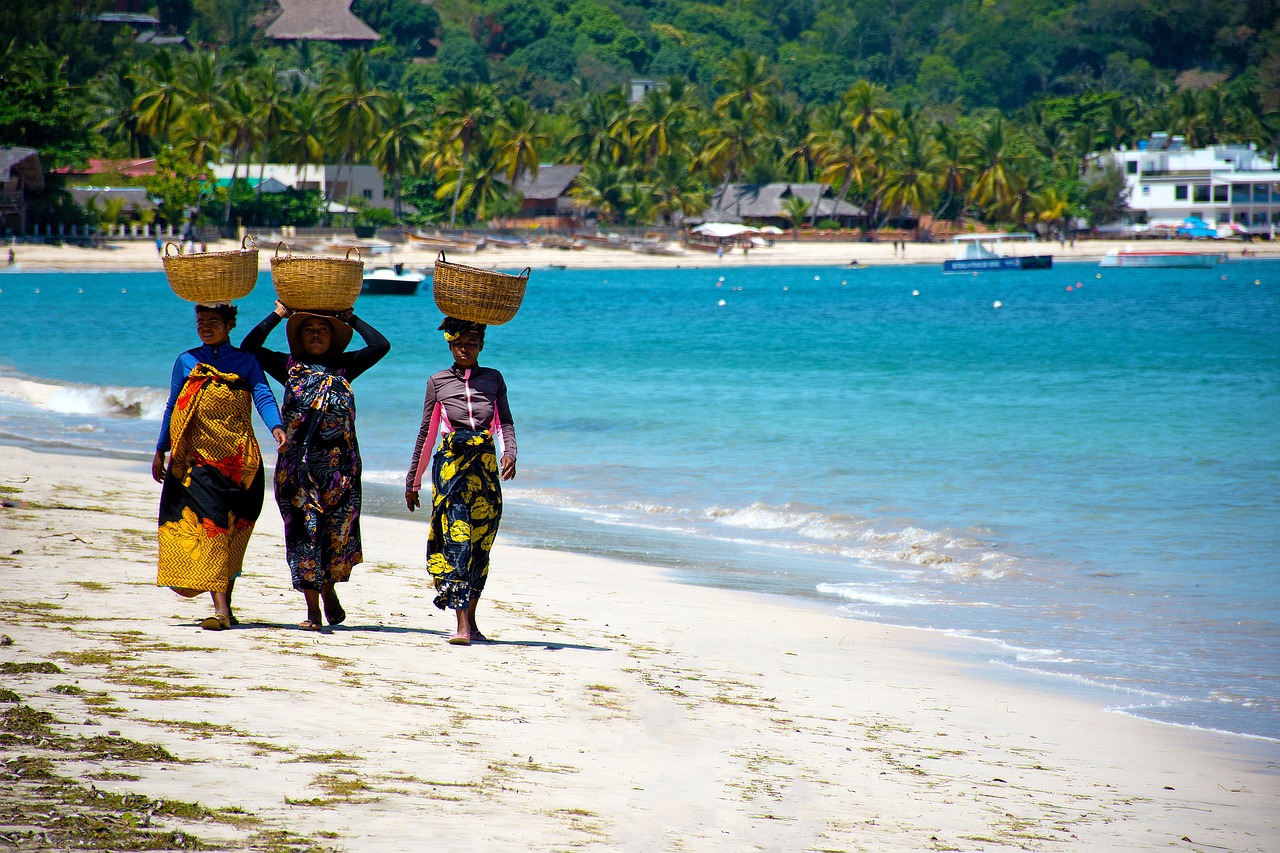Weathering Madagascar: Seasonal Changes and What to Expect
Madagascar, the fourth largest island in the world, is located off the southeastern coast of Africa. With its diverse landscapes, unique wildlife, and rich cultural heritage, it is a popular tourist destination. However, understanding the seasonal changes and weather patterns in Madagascar is essential for planning a trip to this beautiful island. In this article, we will explore the different seasons in Madagascar and what you can expect during each one.
The Dry Season
The dry season in Madagascar usually occurs from April to October. During this time, the weather is generally pleasant, with lower humidity and cooler temperatures. It is the ideal time to explore the national parks and reserves, as the vegetation is less dense, making it easier to spot wildlife. The dry season is also perfect for beach lovers, as the coastal regions experience sunny days and warm temperatures.
- Wildlife Viewing: The dry season is the best time for wildlife viewing in Madagascar. As the water sources dry up, animals gather around the remaining waterholes, making it easier to spot them.
- Trekking: The cooler temperatures and clear skies during the dry season make it an excellent time for trekking and hiking adventures. Popular trails include the Tsingy de Bemaraha and Andringitra National Parks.
- Beach Activities: With warm temperatures and sunny days, the coastal regions of Madagascar are perfect for beach activities such as swimming, snorkeling, and sunbathing.
Rainy Season: November to March
The rainy season in Madagascar typically occurs from November to March. During this time, the island experiences heavy rainfall and high humidity. While the rain can make some areas inaccessible and activities limited, there are still unique experiences to be had during this season.
- Lush Vegetation: The rainy season brings new life to the island, with lush green landscapes and blooming flowers. It is a great time to explore the rainforests and witness the vibrant flora and fauna.
- Waterfalls: The heavy rainfall during this season creates impressive waterfalls throughout Madagascar. Some popular waterfalls include the Andringitra Waterfall and the Rianbavy Waterfall.
- Cultural Festivals: The rainy season is also a time for cultural celebrations in Madagascar. Traditional ceremonies, music, and dances take place, offering visitors a chance to immerse themselves in the local culture.
Transition Seasons: November and April
The transition seasons, occurring in November and April, mark the shift between the dry and rainy seasons. These months can be unpredictable, with varying weather patterns.
- Changing Landscapes: During the transition seasons, you can witness the transformation of the landscapes as the dry areas start to receive rainfall. It is a unique time to see the contrast between the arid and green regions.
- Migration of Whales: November is the start of the whale migration season in Madagascar. Visitors have the opportunity to witness humpback whales as they travel along the coastline.
- Less Crowded: As the transition seasons are considered shoulder seasons, there are fewer tourists, making it a great time to explore Madagascar without the crowds.
Image 1: Madagascar

The Effects of Climate Change
Madagascar, like many other places around the world, is not immune to the effects of climate change. The island has experienced changes in its weather patterns, including increased temperatures and erratic rainfall. These changes have had significant impacts on the environment and the local communities.
- Loss of Biodiversity: Climate change has contributed to the loss of biodiversity in Madagascar. The unique flora and fauna of the island are at risk due to habitat destruction and changes in temperature and rainfall patterns.
- Threats to Agriculture: The agricultural sector in Madagascar heavily relies on rainfall for crop production. Erratic rainfall patterns and prolonged dry spells have resulted in reduced agricultural yields, affecting the livelihoods of many farmers.
- Rising Sea Levels: The coastal regions of Madagascar are vulnerable to rising sea levels, which can lead to erosion, loss of land, and displacement of coastal communities.
Image 2: Madagascar

Protecting Madagascar’s Environment
Preserving Madagascar’s unique environment and mitigating the impacts of climate change require collective efforts. Several initiatives and organizations are working towards conservation and sustainable practices on the island.
- Protected Areas: Madagascar has established numerous protected areas, including national parks and reserves, to safeguard its biodiversity. These areas promote sustainable tourism and support research and conservation efforts.
- Community-Based Conservation: Engaging local communities in conservation efforts is crucial for the long-term protection of Madagascar’s environment. Community-based conservation projects empower local people and promote sustainable livelihoods.
- Education and Awareness: Raising awareness about the importance of conservation and climate change is essential. Educational programs and campaigns help instill a sense of responsibility and encourage sustainable practices among locals and visitors alike.
Image 3: Madagascar

Conclusion
Understanding the seasonal changes and weather patterns in Madagascar is crucial for planning a memorable trip to the island. Whether you prefer the dry season for wildlife viewing and beach activities or the rainy season for lush landscapes and cultural experiences, Madagascar offers something for everyone. Additionally, it is important to be aware of the impacts of climate change on the island and support conservation initiatives to protect its unique environment. Plan your visit accordingly, immerse yourself in the natural wonders of Madagascar, and contribute to its sustainable future.
References
– National Geographic: www.nationalgeographic.com
– Madagascar National Parks: www.parcs-madagascar.com
– World Wildlife Fund (WWF): www.worldwildlife.org
– United Nations Development Programme (UNDP): www.undp.org


